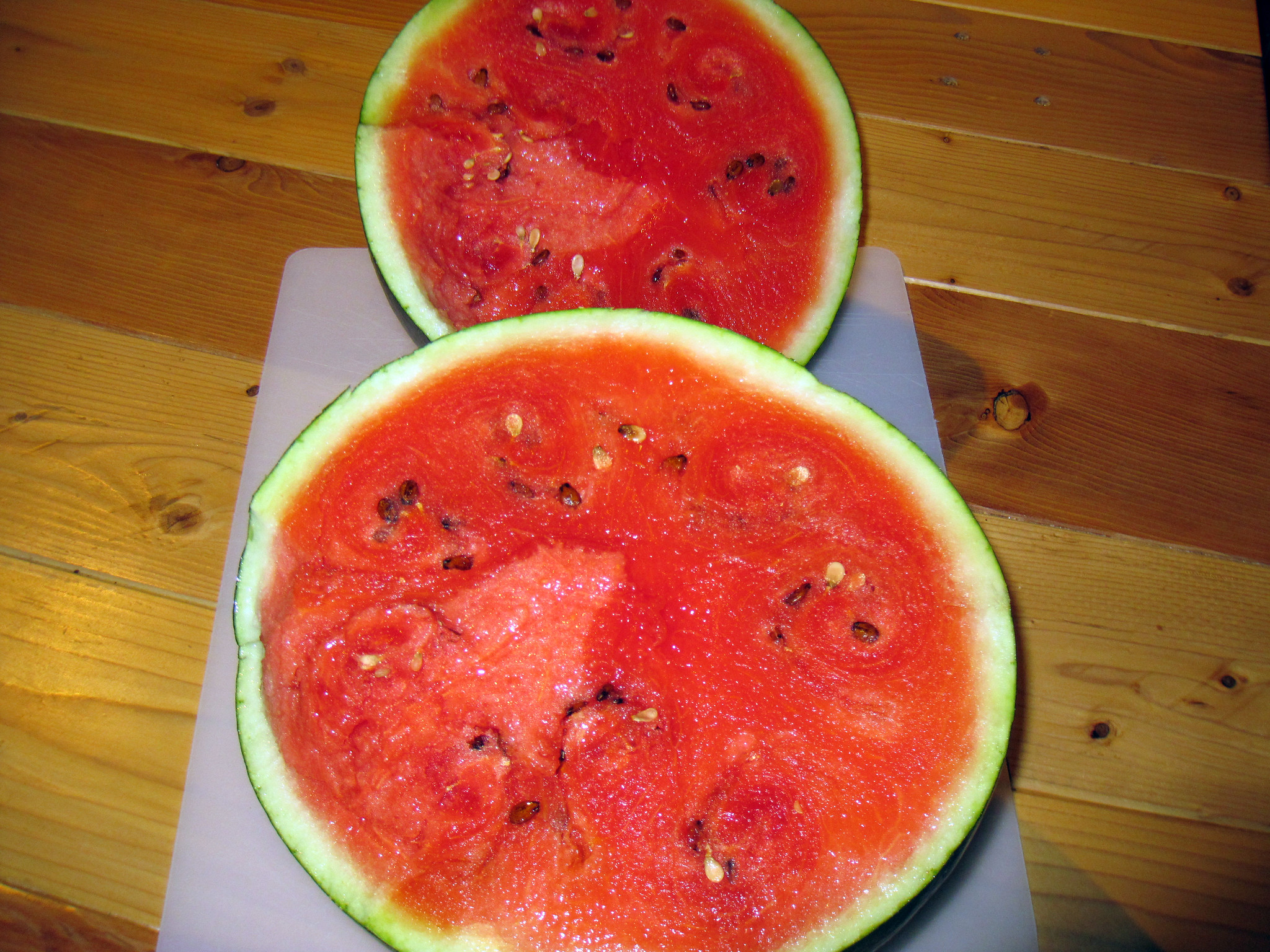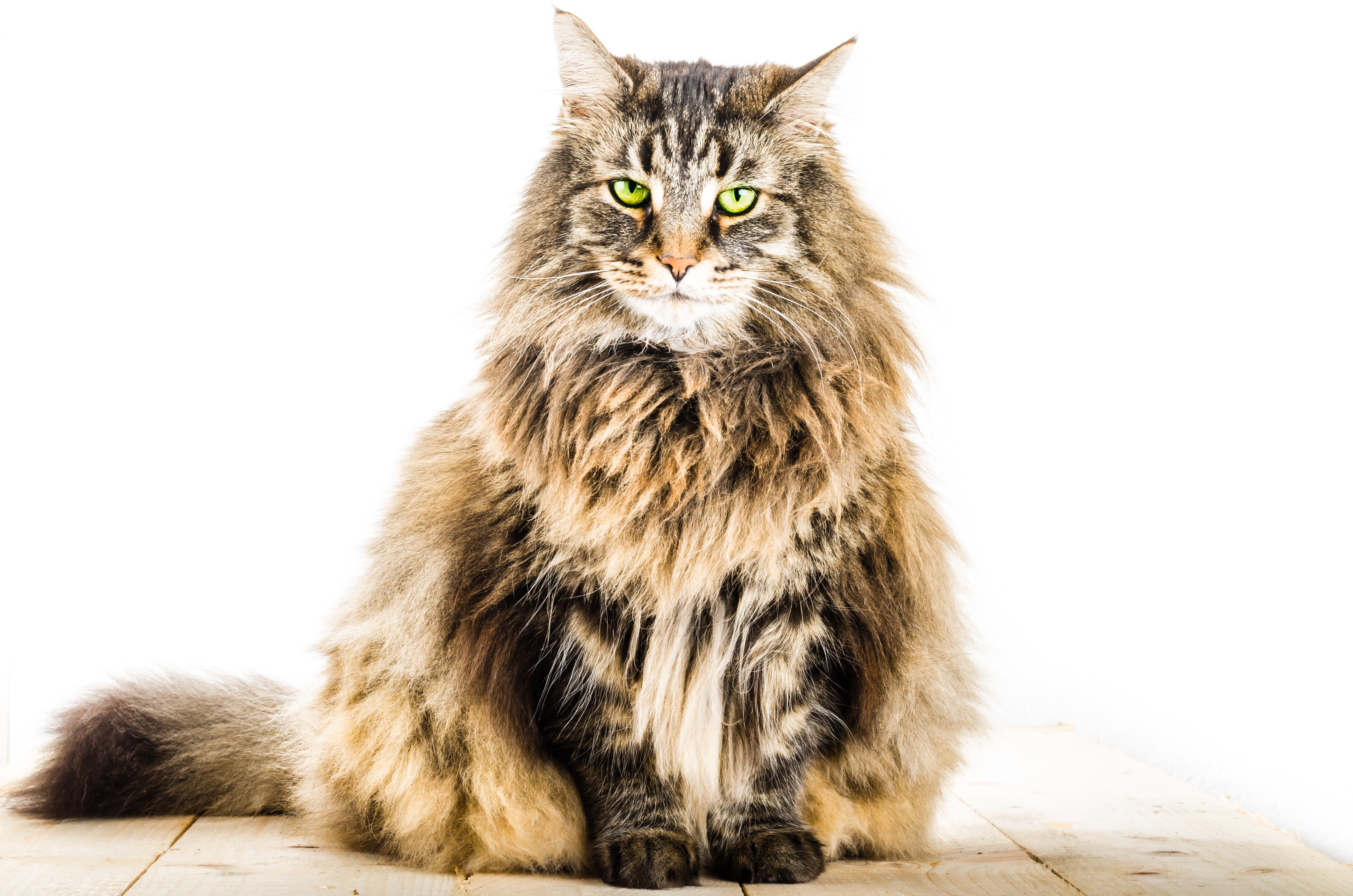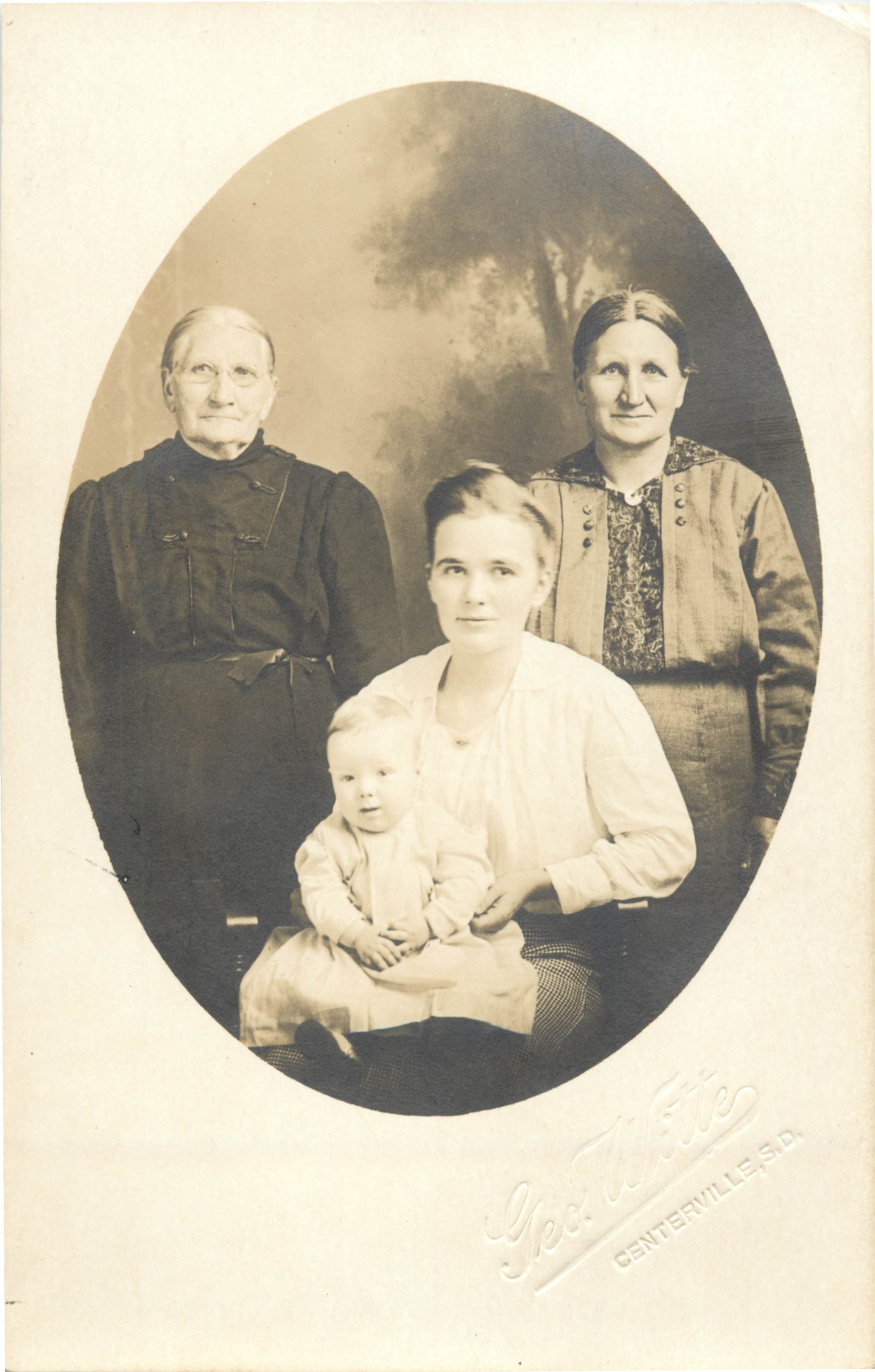When will this mess from the pandemic be over? Focus on the idea that it will end, not what that date will be.

When will we be done with this stay-at-home restriction?
When will the economy recover?
When will we be back to “normal?”
I don’t know the dates for any of those transitions.
I have a suggestion for you.
Don’t set a specific date in your mind. Instead firmly set in your mind that this mess will end, we will get through it, we will survive, and we will thrive at the end.
What is the danger of setting a date in your mind and having faith it will be over on that date?
Let me introduce you to the Stockdale paradox.
Admiral James Stockdale was an American pilot shot down during the Vietnam war. He was a prisoner in North Vietnam for 7 1/2 years, routinely subject to brutal torture, legs broken twice during interrogation, and held in solitary confinement during four of those years with his legs locked in a metal stock each night. He was awarded the Congressional Medal of Honor a few years after his release.
I think we should listen to him. His physical courage and moral courage are a role model for all of us.
For one explanation of the phenomenon he described check out article titled The Stockdale Paradox.
Who did not come home from captivity?







